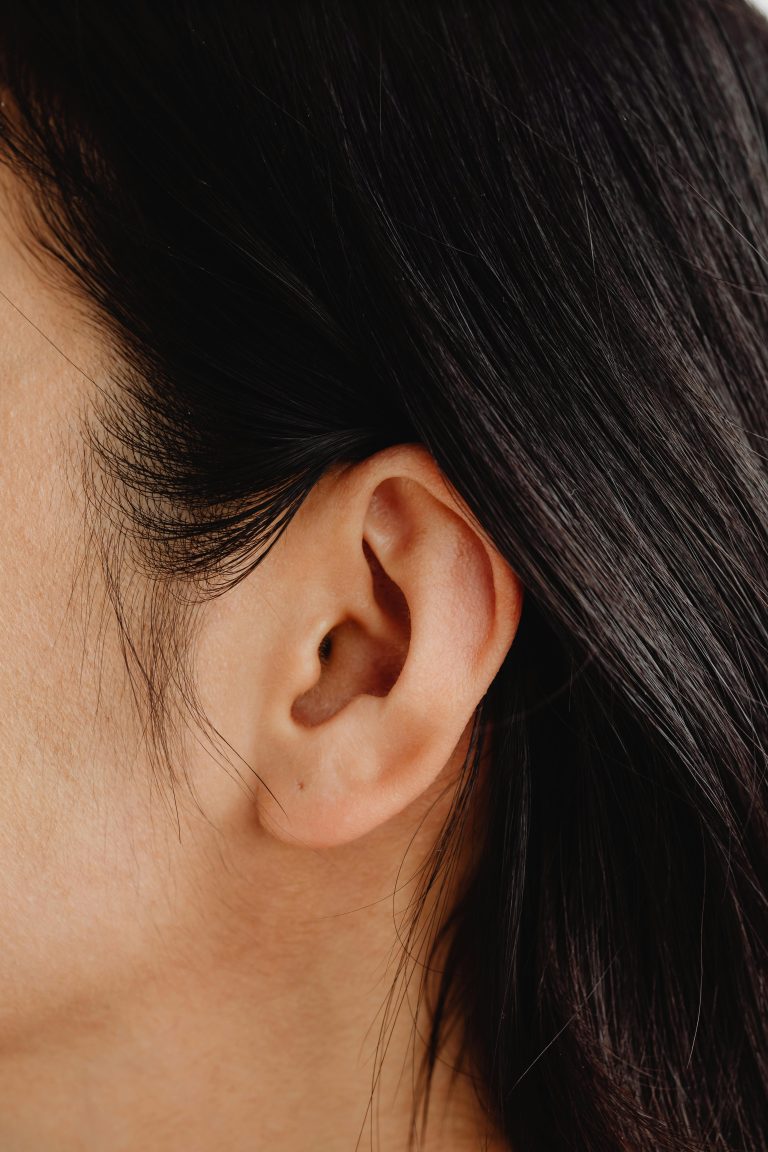Maintaining ear health through proper cleaning practices is essential to prevent discomfort and complications such as infections or impacted earwax. However, many common cleaning methods can do more harm than good. Here’s a comprehensive guide to proper ear cleaning:
Understanding Ear Anatomy and Function
The ear is composed of three main parts: the outer ear, middle ear, and inner ear:
- Outer Ear: This includes the pinna (visible part) and the ear canal, which ends at the eardrum.
- Middle Ear: This area contains small bones that transmit sound vibrations from the eardrum to the inner ear.
- Inner Ear: The inner ear houses the cochlea and vestibular system, responsible for hearing and balance.
Earwax (cerumen) is produced in the ear canal and serves several important functions:
- Protection: It protects the ear canal by trapping dust, debris, and microorganisms.
- Lubrication: It helps keep the skin in the ear canal moist.
- Cleaning: It naturally moves outward, carrying debris out of the ear canal.
Safe Ear Cleaning Techniques
Avoid using cotton swabs or other objects to clean the ear canal, as they can push earwax deeper and cause impaction or injury. Instead, consider these safe cleaning methods:
Cleaning the Outer Ear:
- Damp Cloth: Use a soft, damp cloth to gently clean the outer ear. Avoid inserting the cloth into the ear canal.
- Mild Soap: If necessary, use a mild soap to clean the outer ear, but ensure you rinse thoroughly and avoid getting soap inside the ear canal.
Using Ear Drops:
- Over-the-Counter Drops: Over-the-counter ear drops can help soften and remove earwax. Follow the instructions on the packaging and use them as directed.
- Hydrogen Peroxide Solution: A solution of equal parts hydrogen peroxide and water can be used to gently flush out earwax. Tilt your head to one side, apply a few drops, let it sit for a few minutes, and then drain it out.
Professional Ear Cleaning:
- Audiologist or ENT Specialist: If you experience excessive earwax buildup, discomfort, or hearing loss, seek professional help. An audiologist or ENT specialist can safely remove earwax using specialized tools.
When to Seek Medical Attention
Certain symptoms indicate the need for professional medical evaluation:
- Pain or Discomfort: Persistent ear pain or discomfort should be evaluated by a healthcare provider.
- Hearing Loss: Sudden or gradual hearing loss may indicate earwax impaction or other issues.
- Discharge: Any discharge from the ear, especially if it is bloody or pus-like, requires medical attention.
- Dizziness or Balance Issues: These symptoms can be related to inner ear problems and should be assessed by a professional.
Preventive Measures for Ear Health
Maintaining ear health involves more than just cleaning:
- Avoid Excess Moisture: Keep your ears dry, especially after swimming or bathing, to prevent infections like swimmer’s ear.
- Use Ear Protection: Protect your ears from loud noises by wearing earplugs or earmuffs in noisy environments.
- Regular Check-Ups: Include ear examinations in your routine health check-ups, especially if you’re prone to ear problems.
At IGAKU, we emphasize the importance of ear health and hygiene. Book a consultation today to receive personalized advice on proper ear cleaning techniques and maintaining optimal ear health.
Ready to maintain your ear health and hygiene? Book a consultation with IGAKU today. Our experts can provide personalized guidance on safe ear cleaning practices and preventing ear-related issues.
Read our other articles here.





